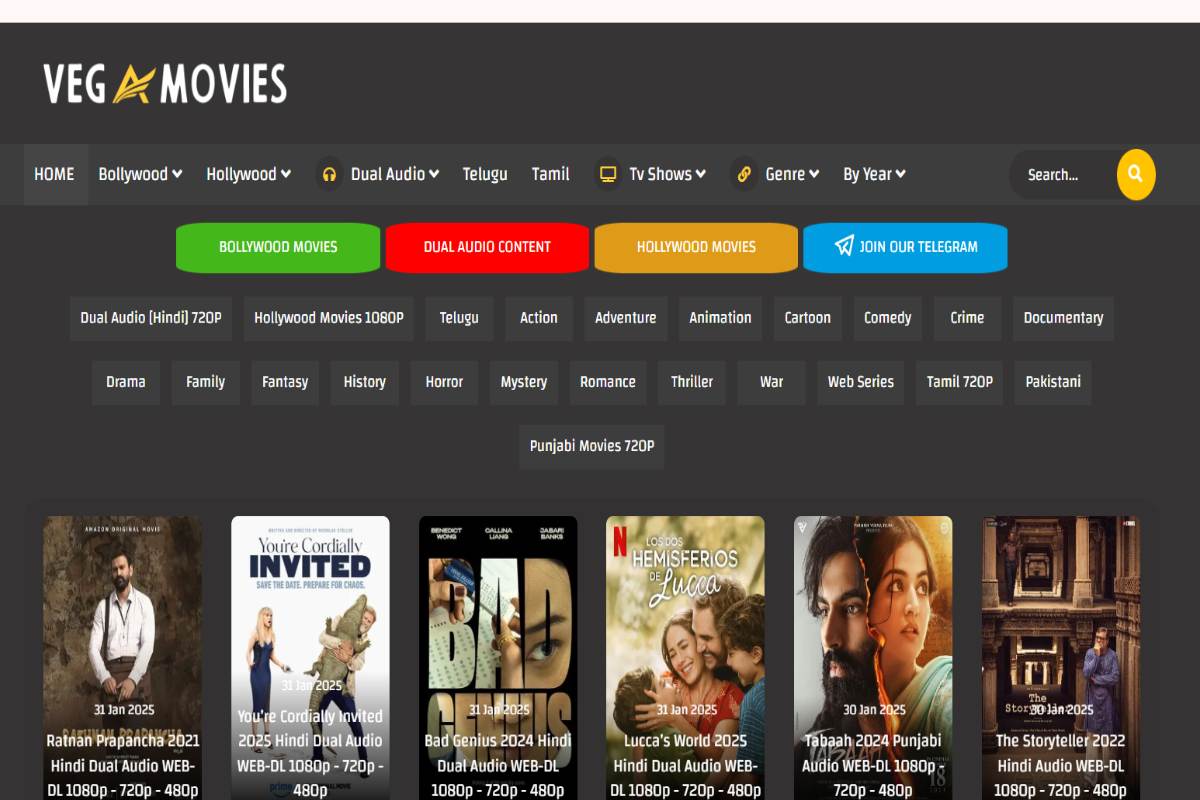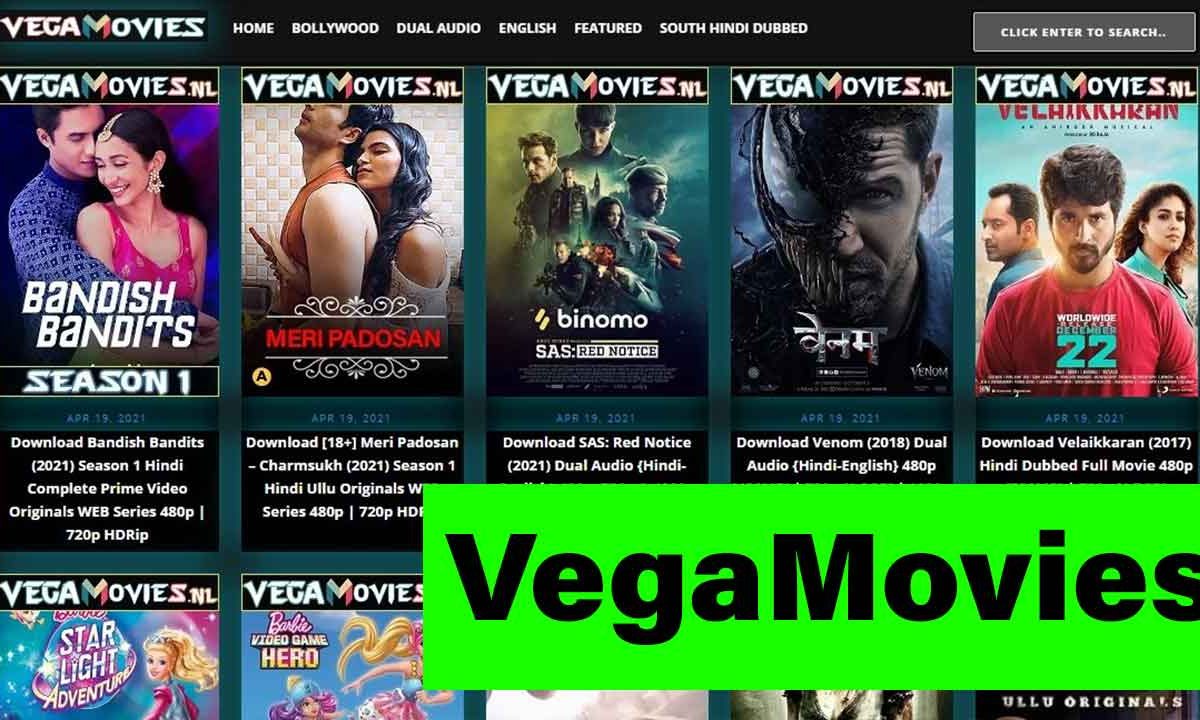Top Movies & Series To Watch Now | Hindi Dubbed & More!
Is the world of entertainment truly becoming a digital Wild West, where access to movies is both ubiquitous and shrouded in murky legality? The proliferation of websites offering free downloads of films, including those still in theaters, presents a complex landscape for both consumers and the film industry itself, demanding a critical re-evaluation of how we consume and value cinematic content.
The modern media consumer is presented with an overwhelming array of choices. Platforms such as vegamovies.com, with their various iterations (vegamoviesnl, vegamovies org, vegamovies 2.0, etc.) promise immediate access to a vast library of films. These sites cater to a global audience, offering content in multiple languages and formats, including Hindi dubbed versions of films originally produced in Tamil and Telugu, alongside Bollywood and Hollywood productions. This accessibility, while seemingly democratizing access to entertainment, raises significant questions about copyright infringement and the financial well-being of the artists and studios involved.
One of the most prevalent themes within these platforms is the offering of "dubbed" content. This practice extends beyond the simple translation of dialogue; it often involves the adaptation of entire narratives to resonate with a different cultural context. "Dragon (2025)," a Tamil film available in Hindi org dubbed, exemplifies this trend. It also highlights the availability of content in various qualities (480p, 720p, and 1080p), which caters to different user needs and device capabilities. The appeal of "Thandel (2025)," offered in dual audio [Hindi + Telugu], further underscores the demand for content that bridges linguistic divides, and these platforms seek to capitalize on this. The content of films such as "This movie is based on action, adventure, romance, thriller and available in hindi dubbed."
The content of these websites extends beyond the offering of individual movies. Many, such as vegamovies.com, also feature TV series. The availability of content is consistently updated, promising users access to "all the new bollywood, hindi, tamil and telugu dubbed movies & series." This emphasis on freshness and the constant addition of new content is designed to keep users engaged and returning for more. The attraction to these sites is not simply for the quantity of content; it's also for the convenience. Films are available in various resolutions (720p, 1080p, and even 4K), enabling viewers to tailor their viewing experience to their specific hardware and internet bandwidth. However, this emphasis on high quality also reveals a disregard for copyright, as these sites distribute content without permission from its rightful owners.
It is important to mention the technical aspect. Sites like these use sophisticated methods to maintain accessibility and to attract new users. In the absence of official websites, they often use multiple domains (vegamovies.home, vegamovies2.0), mirroring the constant cat-and-mouse game they play to evade takedown requests and legal challenges. The websites make use of SEO to become more visible on the internet.
The primary question which must be considered: what are the consequences of these behaviors. What are the future implications for the movie industry?
| Aspect | Details | Source |
|---|---|---|
| Website Functionality | Primarily offers free movie downloads, often in multiple languages and qualities (720p, 1080p, 4K). Includes content dubbed into Hindi from various regional and international sources. | Based on the content provided, including references to "vegamovies.com," "hindi dubbed," and resolution options. |
| Content Types | Movies, TV series, and potentially other forms of video content. The availability of bollywood and hollywood movies as well, reflecting a diverse array of film genres. | Mentions of "bollywood," "hollywood," "tamil," "telugu," and specific movie titles like "Dragon (2025)" and "Thandel (2025)." |
| Legal Concerns | Operations raise significant copyright infringement concerns. Content is distributed without permission from copyright holders. | Implied by the nature of the site, the offering of copyrighted movies for free, and the lack of legal disclaimers. |
| User Experience | Focus on convenience and variety, with options for different video qualities and languages. The promise of new content and frequent updates indicates a desire to cater to user preferences. | Referenced in the text: "Get all the new bollywood, hindi, tamil and telugu dubbed movies & series." |
| Business Model (Speculative) | Relies on ad revenue, user engagement, and potentially the proliferation of the website and its content. | Suggested by the desire to constantly attract and retain users with fresh content. |
The prevalence of these websites raises several important questions about the future of film distribution and consumption. Is the traditional model of theatrical releases and paid streaming services sustainable in the face of readily available free content? What measures can be taken to protect the rights of filmmakers and the financial viability of the film industry? These issues underscore the need for a comprehensive discussion about the ethics of accessing copyrighted material and the long-term consequences of rampant piracy.
The availability of dubbed content, while offering accessibility to a wider audience, is a double-edged sword. On the one hand, it allows viewers to engage with films they might not otherwise have access to. On the other hand, it can devalue the original artistic work and contribute to the erosion of copyright protections. The popularity of "Dragon (2025)" and "Thandel (2025)" in Hindi-dubbed versions reflects the demand for multilingual content, yet it also emphasizes the challenges in controlling the distribution of such content.
The existence of these platforms highlights the need for a more nuanced understanding of the online entertainment landscape. They are a symptom of the evolving way people consume media, and they force us to reconsider the value we place on artistic creations. Websites are not necessarily malicious but simply a manifestation of consumer demand and technological possibilities. The problem lies not just with the websites themselves, but also with the way in which the industry has responded to them.
The sites are a constant reminder of the ongoing battle between convenience, accessibility, and the protection of intellectual property. The rise of these platforms coincides with the evolution of film, the adoption of streaming services, and the increasing ease with which content can be created and shared. As technology continues to advance, it is imperative that industry stakeholders, policymakers, and consumers work together to strike a balance between promoting access to content and protecting the rights of creators.
The future of film distribution and the entertainment industry hinges on addressing these challenges. The success of this is the willingness to adapt to evolving consumption habits, as well as the effectiveness of efforts to enforce copyright laws. The question becomes: How can the industry innovate to remain competitive and sustainable in the face of these evolving challenges?



